Thirty seconds. That was how long it took for a full blown ember attack to engulf Rod Simpson's northern New South Wales home.
On the evening of September 8, 2019 the self-employed wildlife carer's 100-acre property was destroyed by bushfires ravaging near the town of Drake.
Mr Simpson told 9news.com.au, he and NSW RFS volunteers prepared his property as best they could.
Then the winds changed.
READ MORE: Map that lays Australia's history of earthquakes bare
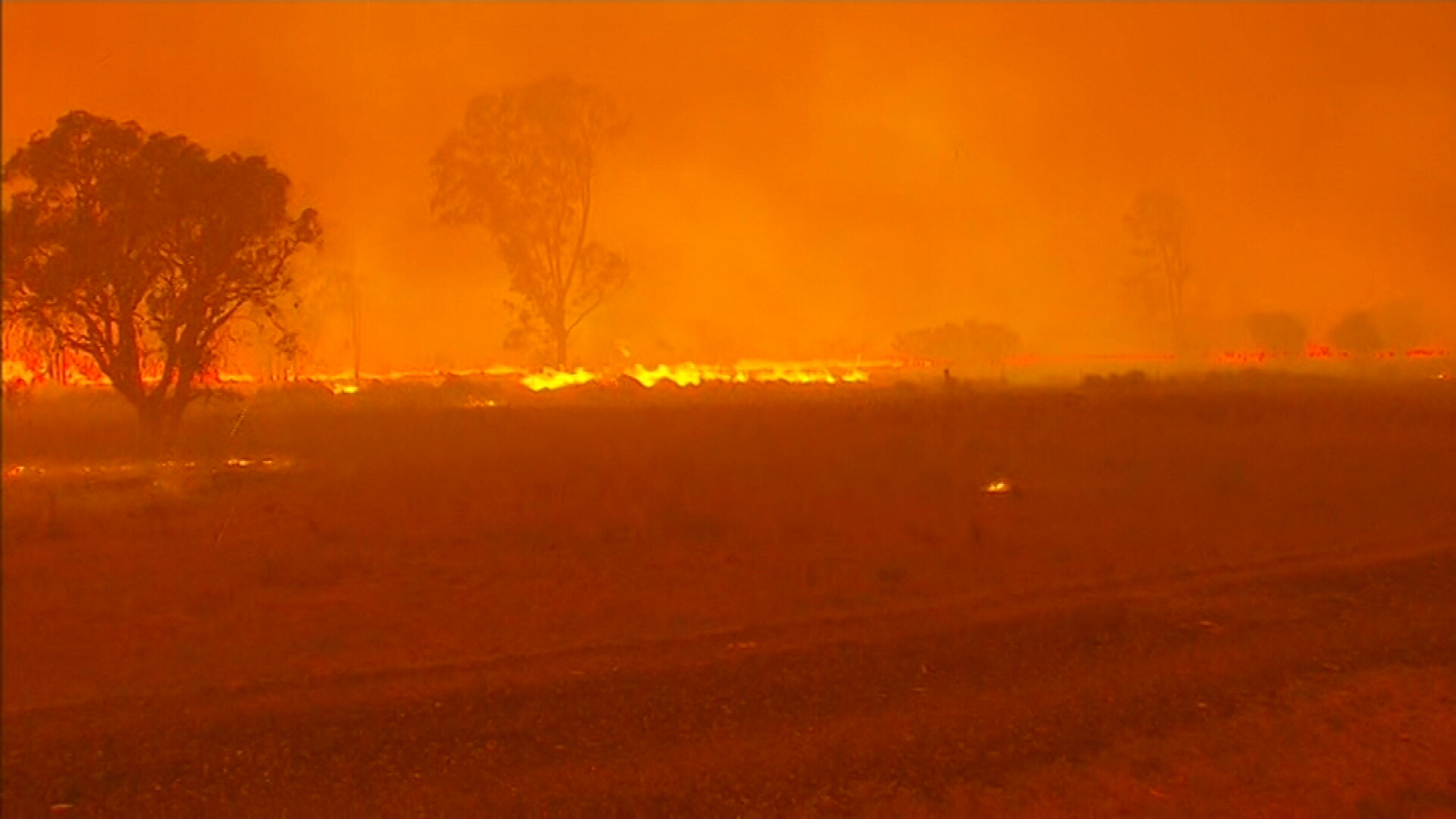
He said the fire leapt over the 400-metre-wide gorge that ran behind his property "in seconds".
"(We saw) one little ember, the wind just picked up out of nowhere and spun around," Mr Simpson said, explaining he tried to grab a mop to put the ember out.
"Within half a minute it was raining embers. They were hitting the ground like artillery shells.
"The firies put on their oxygen masks and I was just in my jeans, t shirt and a head torch...Within a minute the firies said 'we're getting out of here - what are you doing'?"
READ MORE: 'Mega fire' filmed climbing up cliff over 200 metres high in NSW Blue Mountains
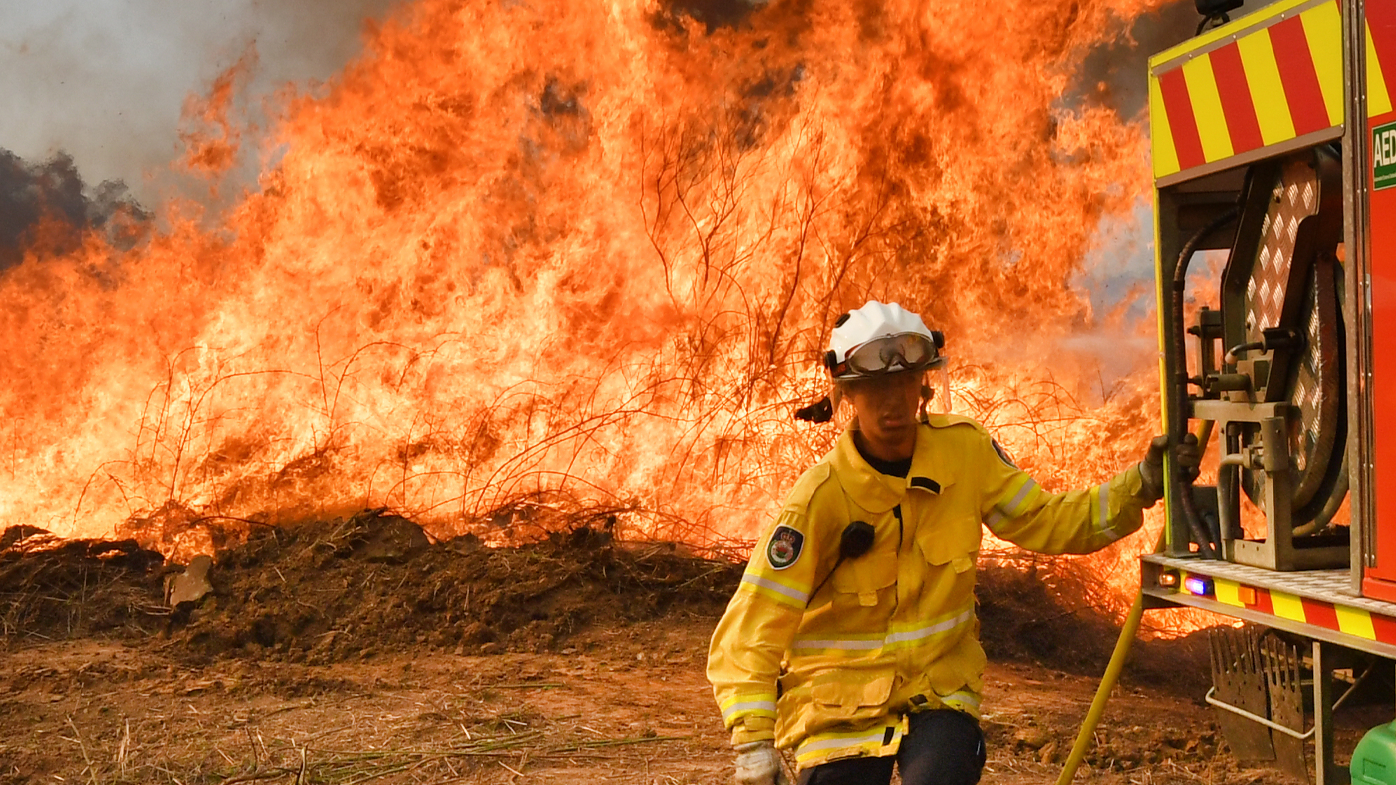
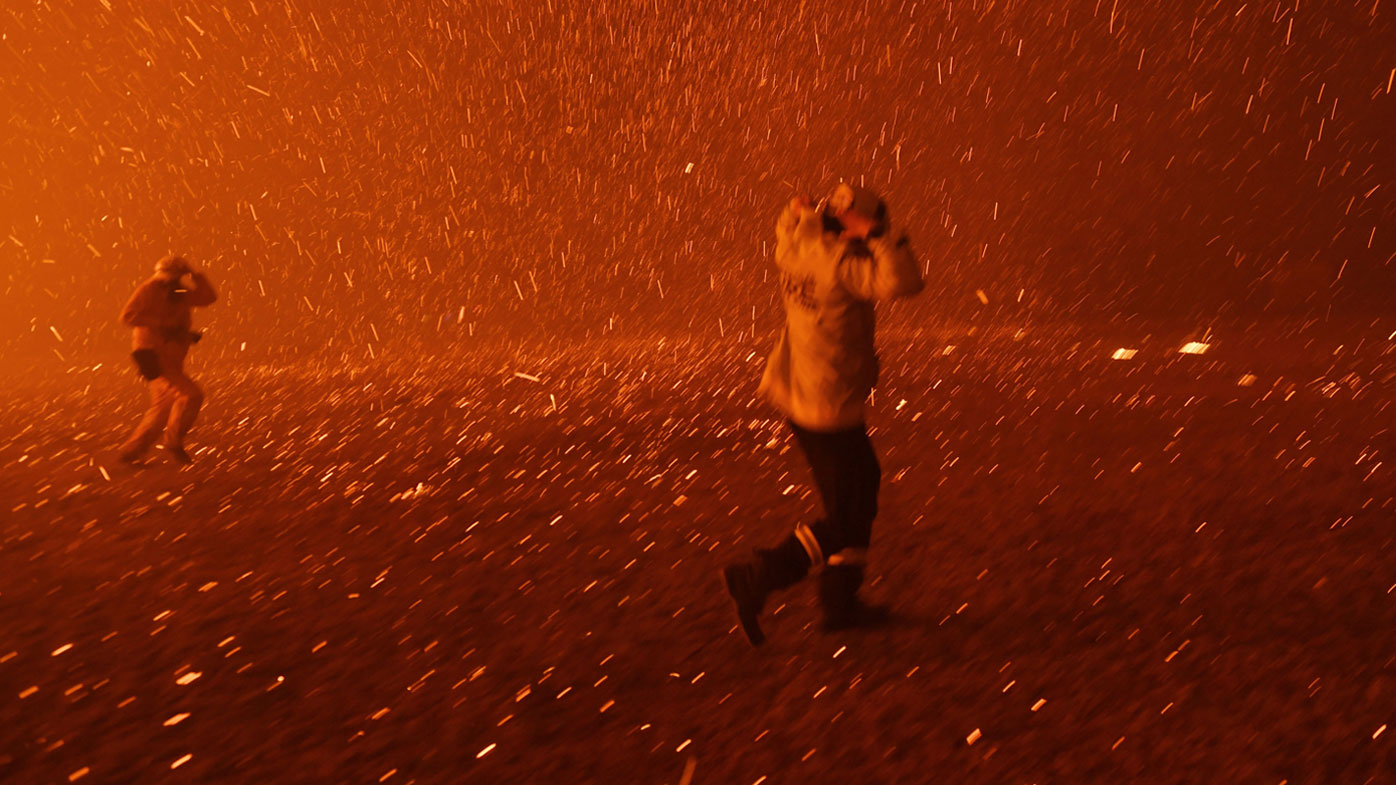
Mr Simpson ran back inside his home, grabbed his two dogs and escaped in his LandRover.
"The gum leaves were exploding in the heat," he said, adding he was told this can occur when temperatures exceed 600C.
"I was heating up.
"Later I was told it was definitely oil from the trees, cooking me like a chip."
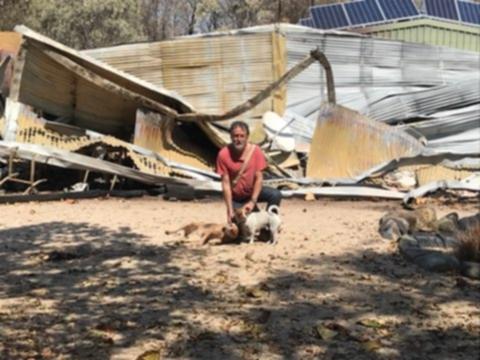
Mr Drake was one of the first victims of the deadly Black Summer bushfires of 2019/2020.
A total of 33 people lost their lives in the fires which burned across five states; NSW, Victoria, Queensland, South Australia and Western Australia.
READ MORE: Inside top-secret mission to save last surviving Wollemi pines from bushfire
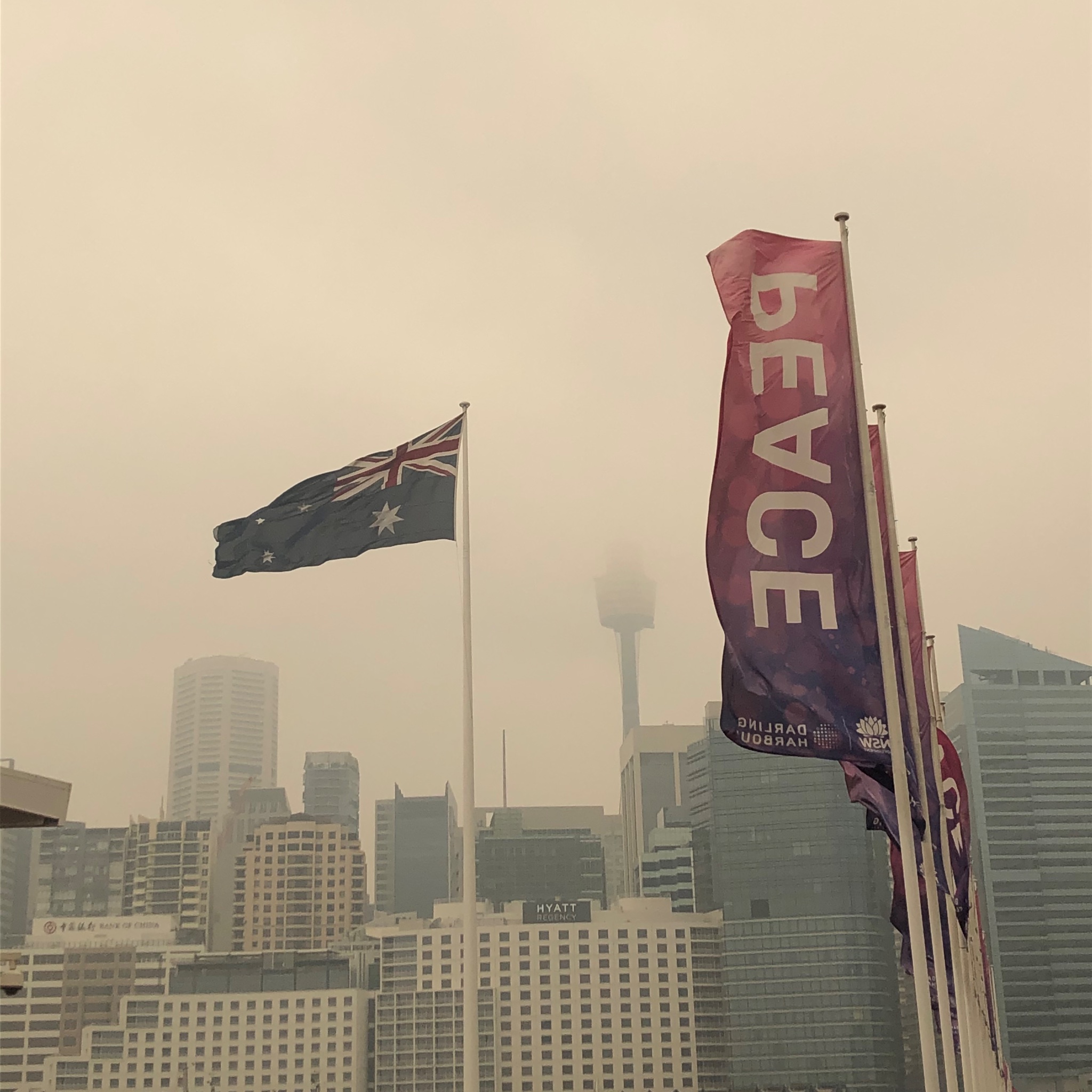
Smoke from the Black Summer bushfires have been linked to the deaths of nearly 450 people, health experts told a royal commission hearing last year.
Three billion animals are estimated to have died, 24 million hectares of land was burnt, and 3000 homes were lost.
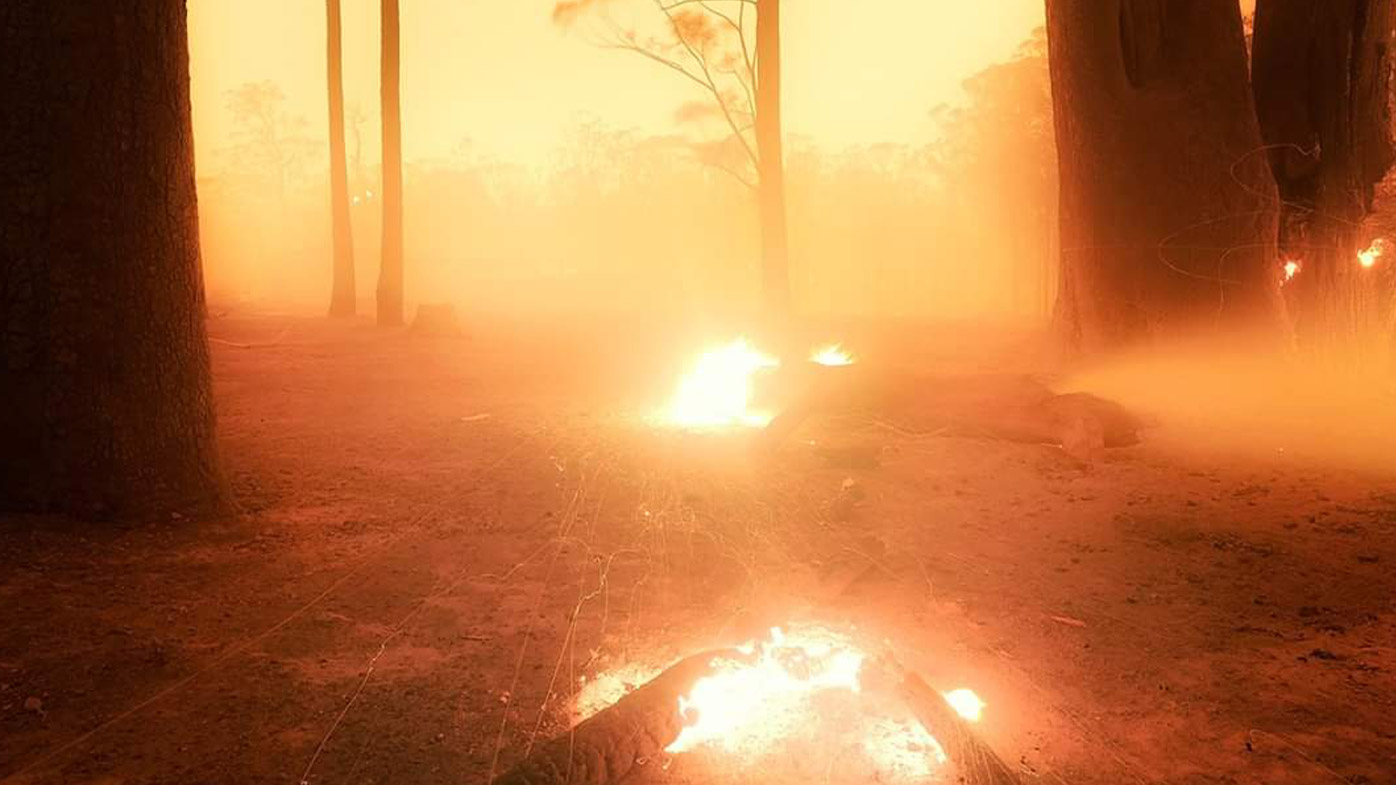
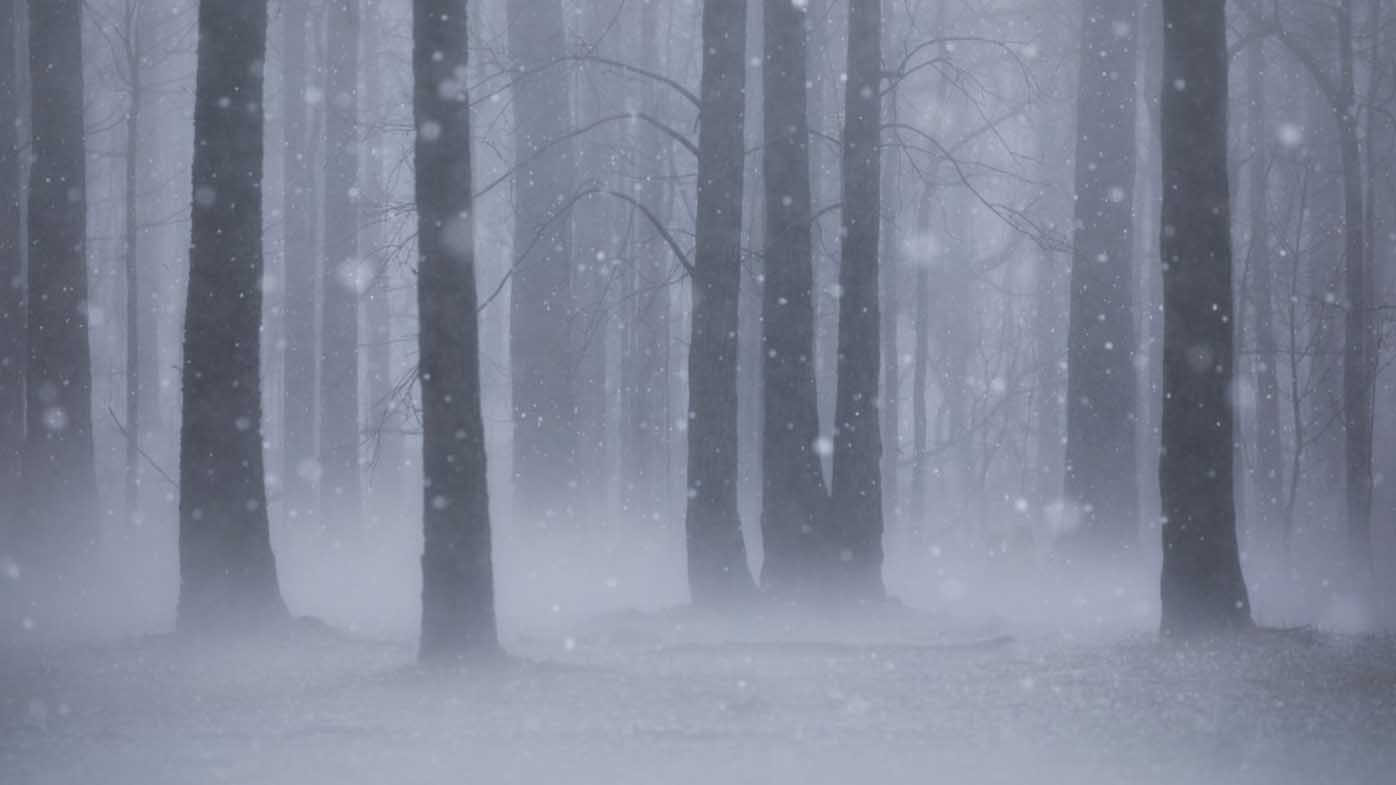
'Catastrophic seasons will occur again'
Forecasts provided by AFAC and NSW RFS show the 2021 bushfire season won't be as ferocious as Black Summer.
Grassfires are likely to occur over November - December, NSW RFS told 9news.com.au
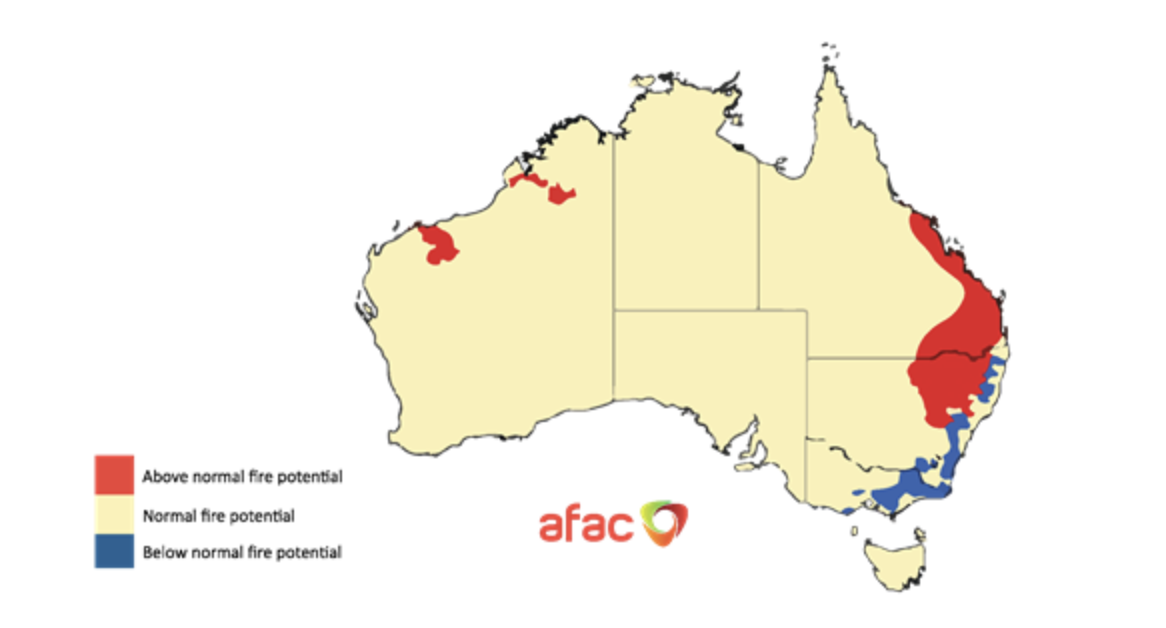
However, NSW RFS Deputy Commissioner Peter McKechnie said Australia needs to prepare for a repeat of Black Summer in the near future.
"Catastrophic seasons will occur again," he said, explaining the fire season was exacerbated by a prolonged drought.
"For the rural fire service our intent has to be prepare for 2019/2020 to happen again.
"Whilst we are not expecting that this year, we now know what is possible and we need to make sure we're preparing."
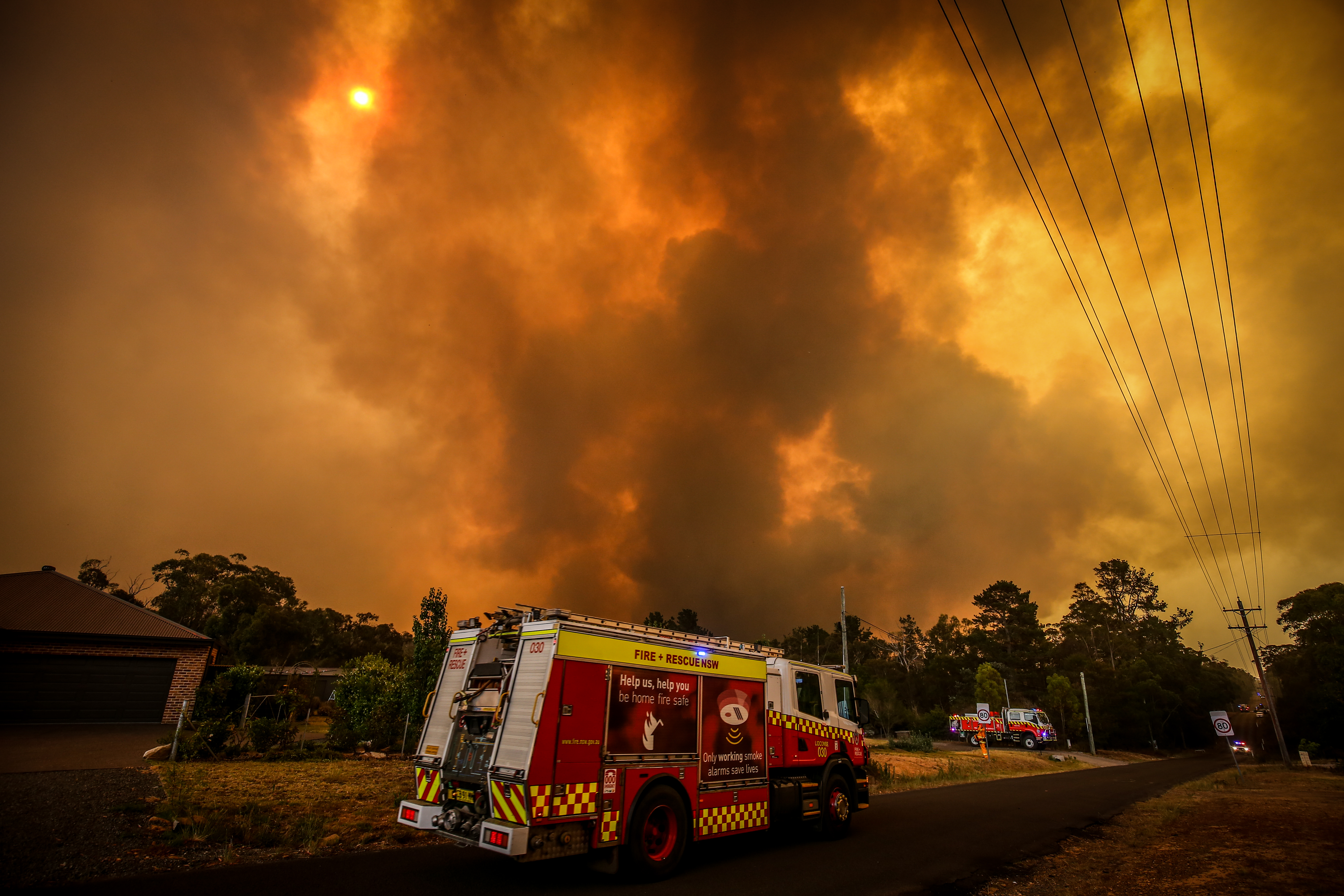
The NSW RFS are conducting back-burning in high-risk areas, and in an Australian first, are trialling the use of grazing goats around Mudgee in central NSW.
"That's going really well," Mr McKechnie said, explaining hazard-burning is dependant on weather conditions - goats aren't.
"We're just getting ready to move them to a second site. It's looking quite positive.
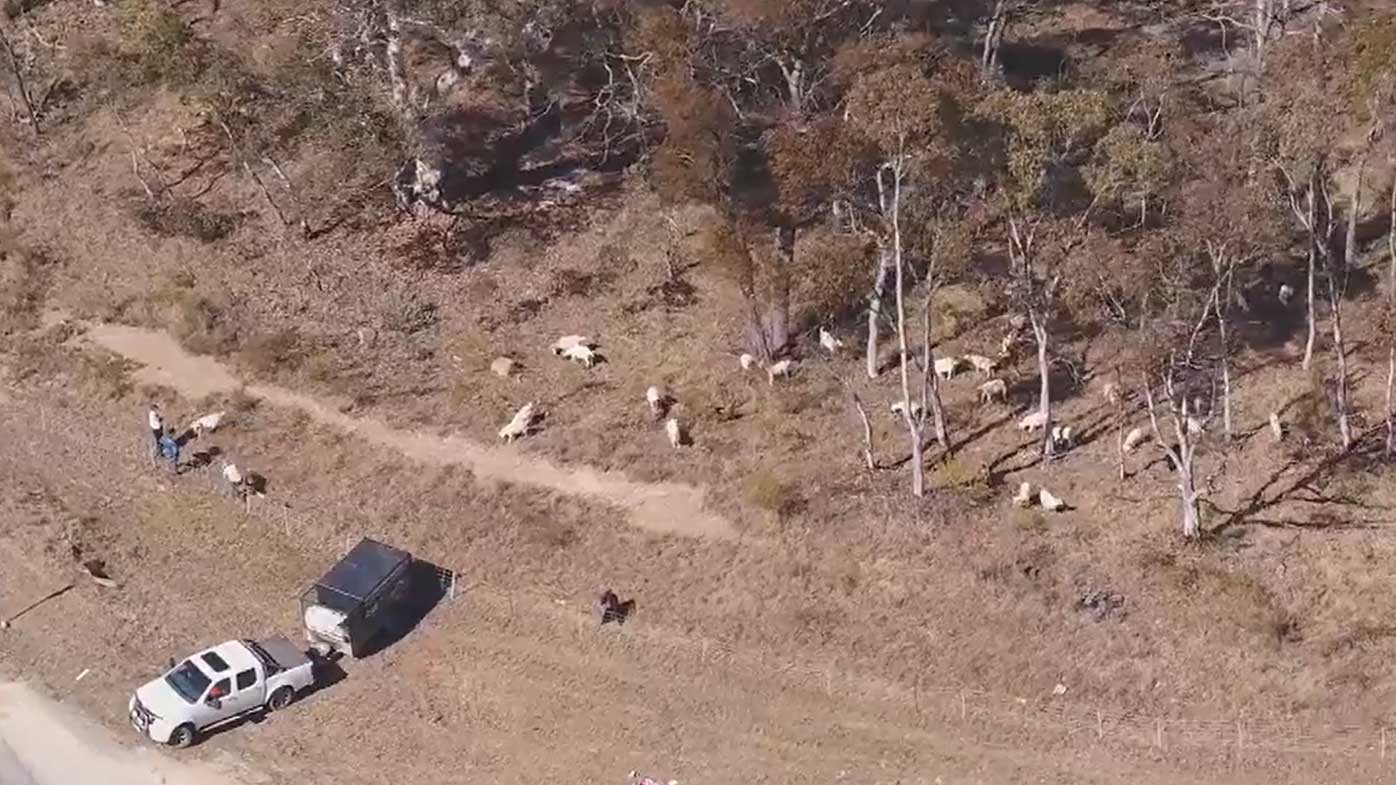
What Australians can do to prepare
Mr McKechnie urged all Australians to pay attention to bushfire forecasts and, if in a high-risk area, to prepare a bushfire survival plan.
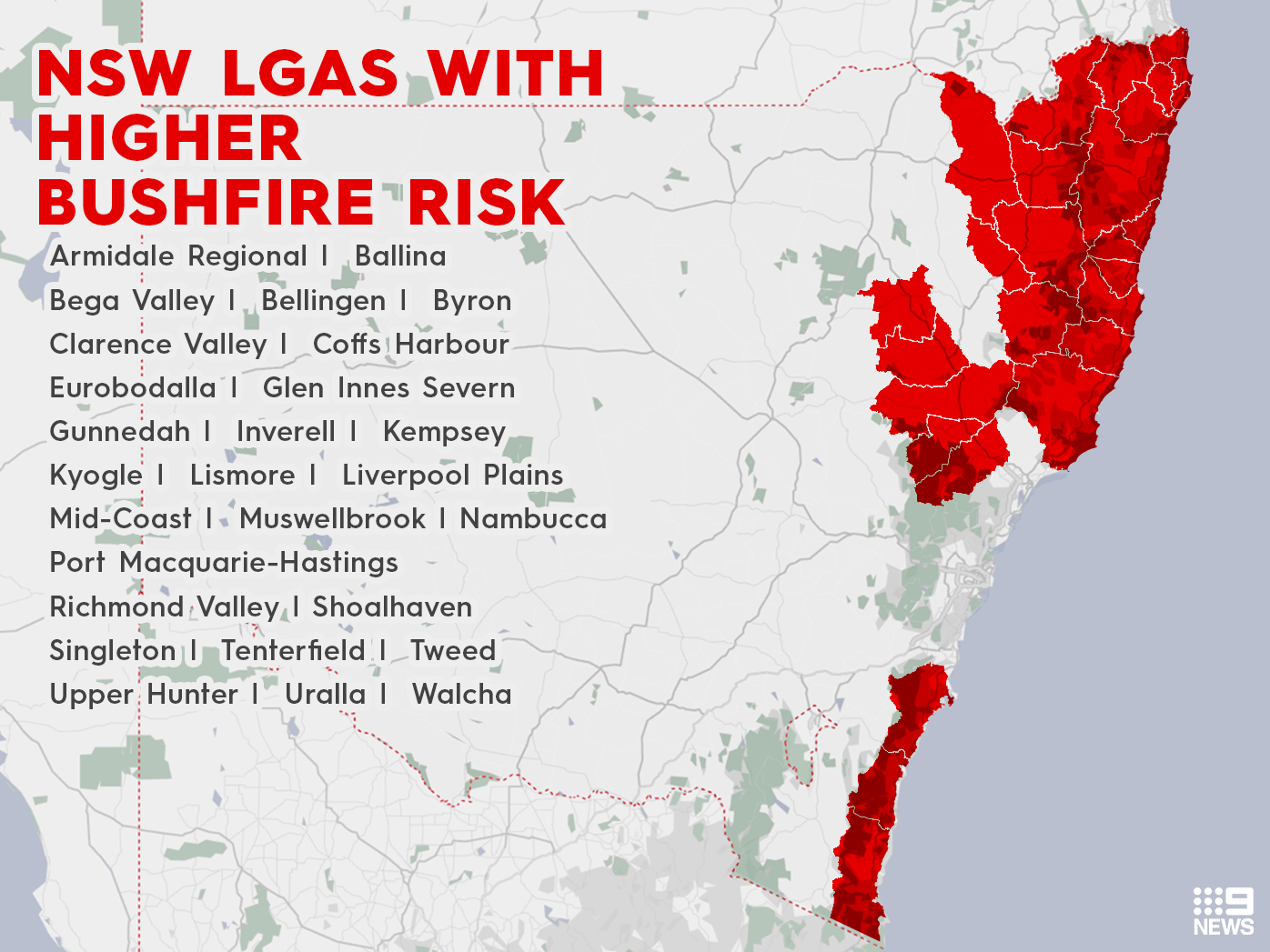
"It's about knowing what they'll do when fire threatens (and) having a discussion with their family.
"Doing their bushfire survival fire plan and removing combustable material from their house," he said.

Readers seeking more information on bushfire survival are advised to visit to My Fire Plan.
Contact Raffaella at rciccarelli@nine.com.au.
